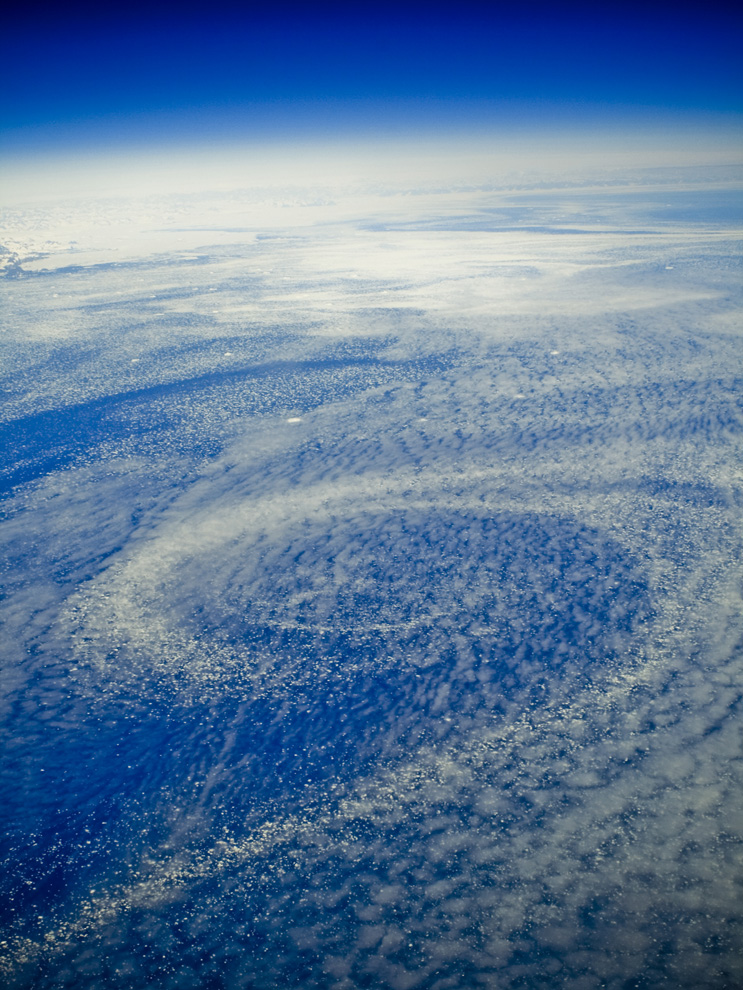multivita-man
Platinum Member
- Aug 10, 2022
- 5,044
- 2,547
- 938
Yeah, the political side of this controversy has no rules --it's all CLIMATE CHANGE!!!
Now, there very well may be a scientific side to this mess but so far I haven't seen it.
Warmer temps in the poles (Arctic) are pushing the polar jet stream southward. This explains the snow across the ME and it also explains our brutally cold temps around Christmas. Extremely cold air that normally stays up in Canada/Siberia slides south.


